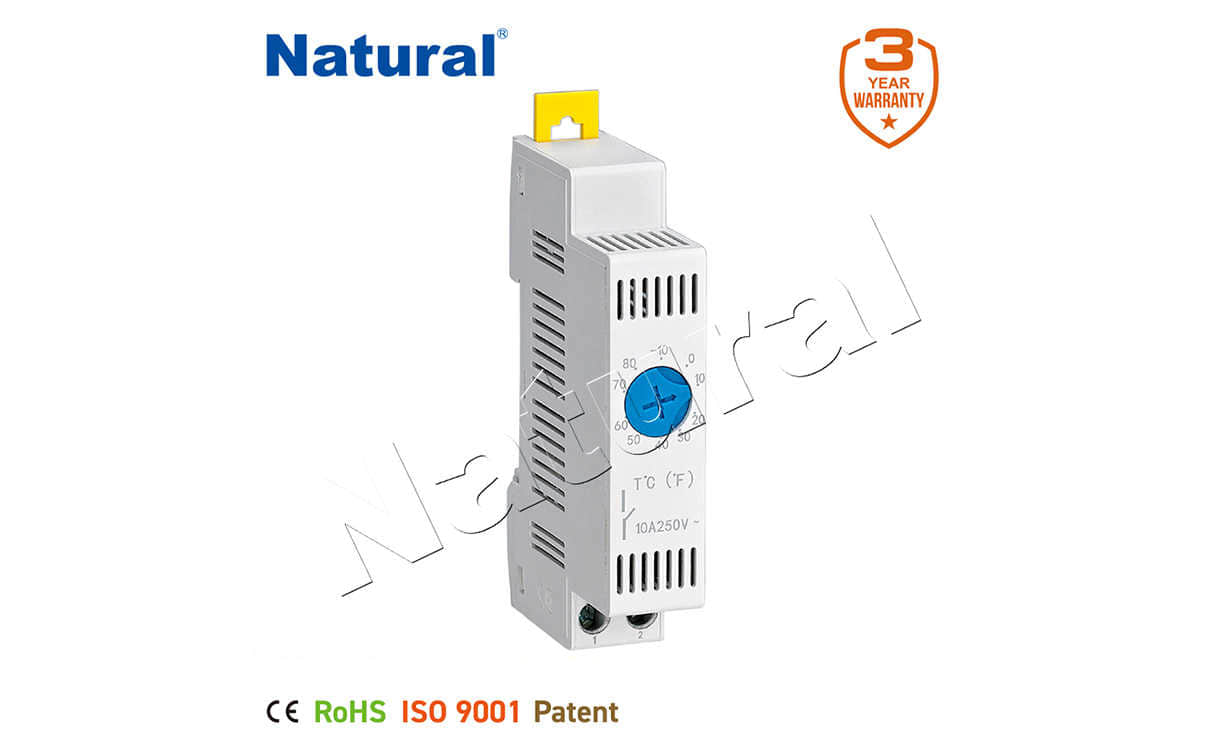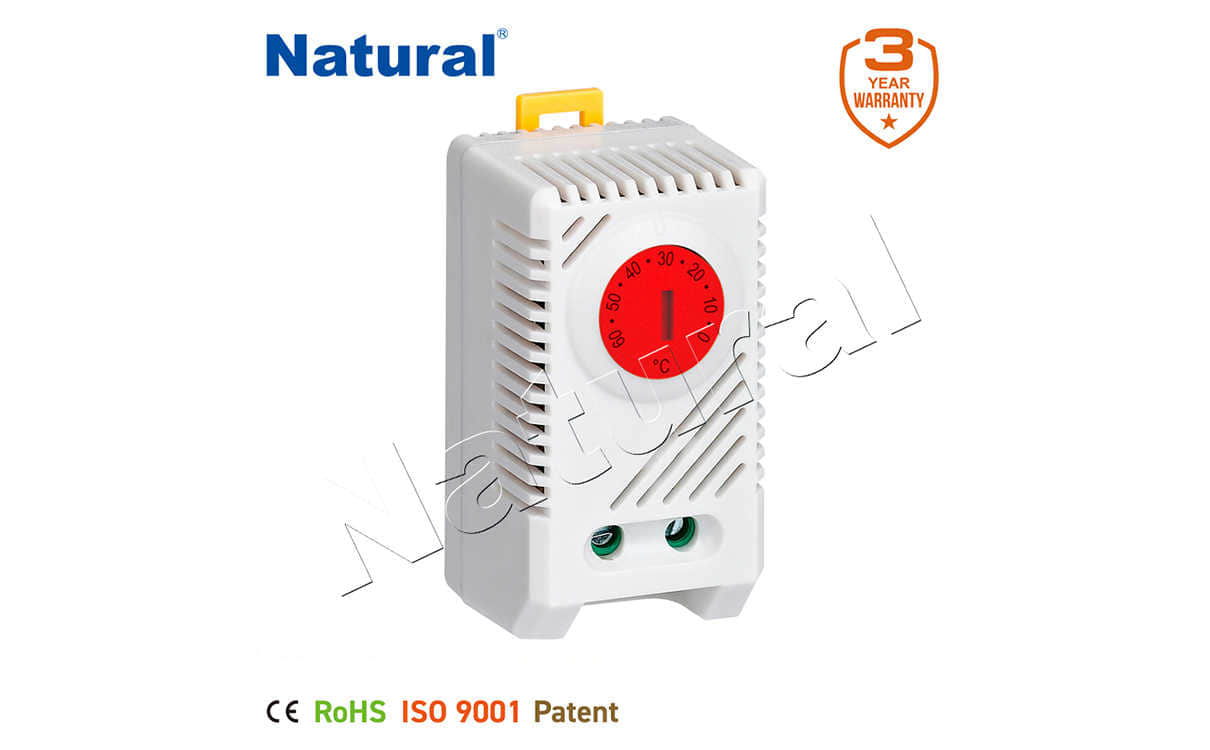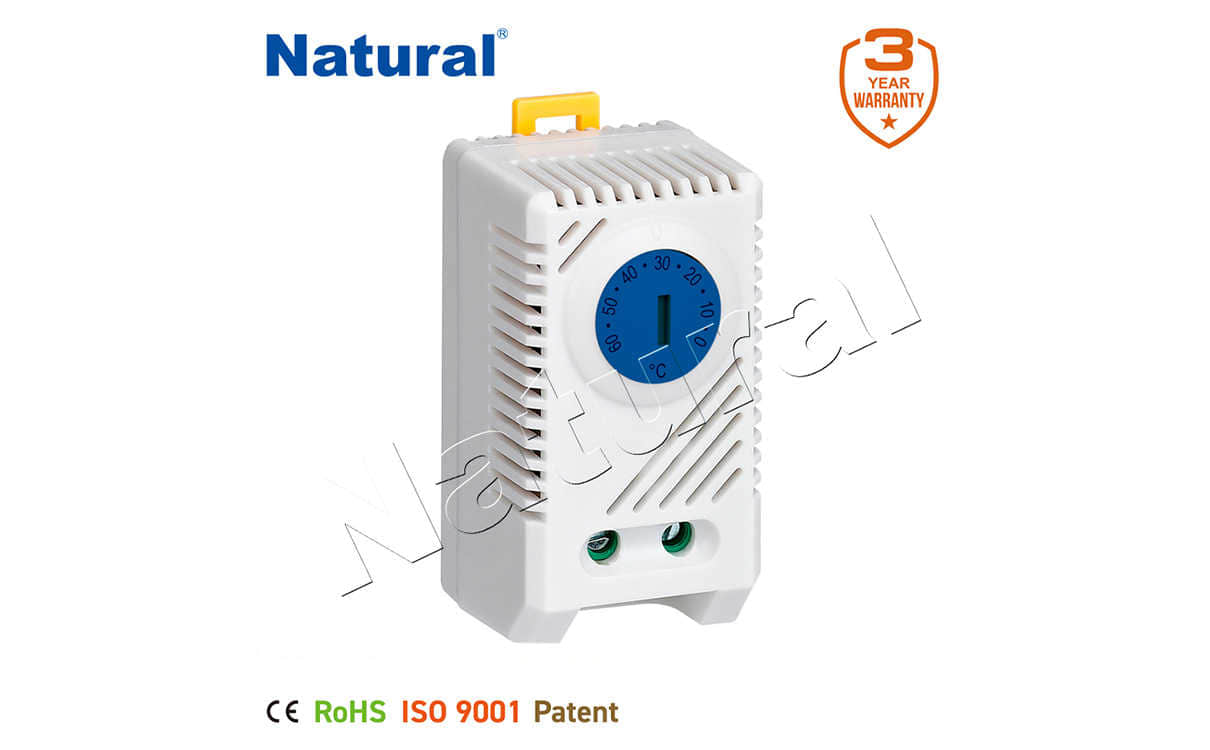 28 items Patent
28 items Patent
 28 items Patent
28 items Patent
 28 items Patent
28 items Patent

A contact thermostat, a key element in temperature regulation systems, is an essential device used in a wide range of applications—from household appliances to industrial equipment. This device plays a significant role in ensuring consistent temperatures by detecting and controlling heat through the opening and closing of electrical contacts. As we continue to emphasize the importance of sustainable and energy-efficient solutions, contact thermostats offer a natural and eco-friendly approach to managing temperature with simplicity and reliability.

At the core of a contact thermostat is its basic functionality, which relies on the relationship between temperature and a material's response to heat. The device typically consists of a temperature-sensing component, often a metal or bimetallic strip, which expands or contracts in response to temperature changes. This change in shape allows the thermostat to make or break a circuit, controlling the flow of electricity to heating or cooling devices. Once the preset temperature is reached, the contacts either close or open, activating or deactivating the connected system, such as a furnace or air conditioning unit.

